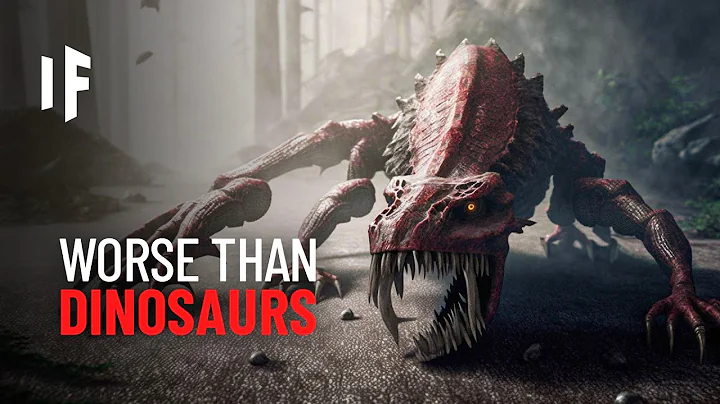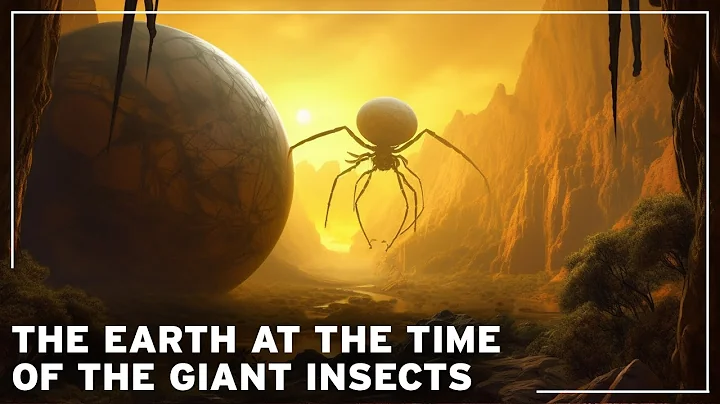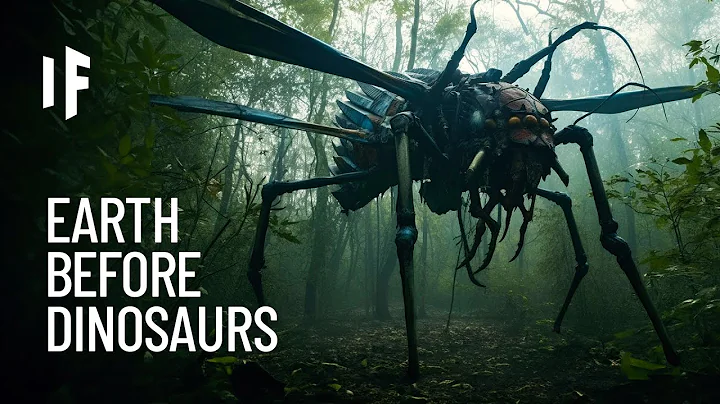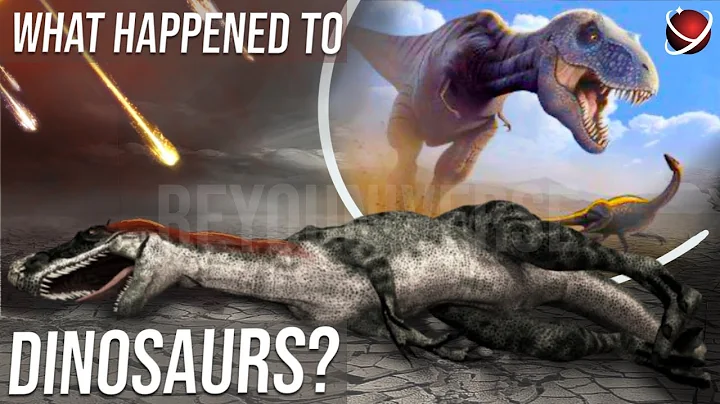Insects and terrestrial arthropods have inhabited Earth long before the age of dinosaurs, and during the Carboniferous period they were much larger than their contemporary counterparts, in part because of an excess of oxygen in the Earth's atmosphere.

This growth is supported by higher planetary temperatures that increase metabolism, and some theories also suggest that evolutionary growth stimulation was to avoid oxygen poisoning . It's also possible that the two groups competed in an evolutionary arms race to eliminate large prey or fend off predation, since no key predator like birds evolved in the food chain until 1.5 billion years ago.
The fossil record shows that insects appeared about 40.7 to 39.6 billion years ago, with the earliest examples being about 400 million years ago The Devonian period Early days
The first arthropod fossils appeared between 54.1 billion and 485.4 billion years ago Cambrian , although the first land colonists landed in the early Silurian 443.8 billion years ago.
During the Carboniferous Period, approximately 35.9 to 29.9 billion years ago, vast lowland swamp forests led to increased oxygen levels in the atmosphere, supporting numerous giant creatures, the most common of which were giant dragonflies, known as members of the family Meganeuridae Gryphon
Mazothairos is estimated to have a wingspan of about 56 centimeters and evolved a beak-like mouthparts with slender spikes for piercing plant tissue.
Terrestrial insects and arthropods also grew to gigantic sizes, with species such as millipedes, scorpions and primitive cockroaches competing on the forest floor. The largest of these is Arthropleura Armata, a genus of millipedes that inhabits coal forests and can grow up to 25 meters long. About 30.5 billion years ago, atmospheric carbon dioxide levels began to decline significantly, causing average global temperatures to drop by 20°C to around 12°C.





















